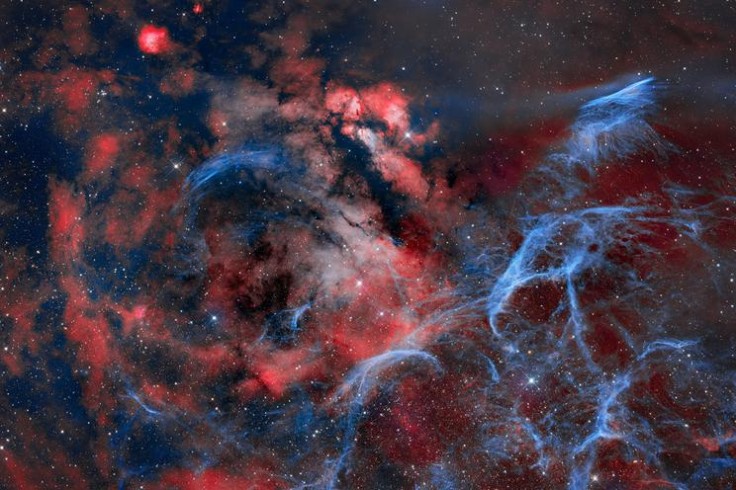An astrophotographer has captured something as wonderful as NASA's telescope does.
Vikas Chander, the astrophotographer in question, recently showcased the picture he captured of the Vela supernova remnant using only his wide field scope and camera.
The Vela supernova remnant is located in the constellation Vela and is about 815 light years away from our solar system, per NASA's Hubble Site.
Vikas Chander Vela Photograph Details

Chander is not your average astrophotographer if his photographs are anything to go by. His official website contains many pictures of celestial bodies that could rival NASA's in terms of quality.
One of the pictures that caught the public's eye recently is his picture of the Vela supernova remnant, which he posted on Apr. 12, per Astrobin. According to the picture's details on the site, Chander took the picture using his Takahashi Epislon-160ED fast wide field scope attached to a Software Bisque Paramount MX+ GEM mount, and his ZWO ASI6200MM Pro camera.
To process the photo, Chander used Pleiades Astrophoto PixInsight and really bring out the supernova remnant's various colors.
Chander mentioned that the blue gas clouds visible in the picture are from the remnants of the Vela Supernova which occurred 11,000 years ago when a star in the Vela Constellation went supernova, per Space.com. This same supernova created the Pencil Nebula, of which the Vela supernova remnant is part of.
Chander noted that his picture captured the Pencil Nebula, more formally known as NGC 2736, as it glows brightly on the right-side portion of the frame. The remnant's shape suggests that it's part of the supernova shockwave that the original star created that encountered a region of dense gas, causing it to glow and form ripples.
Meanwhile, he also noted that an HII region called RCW 38 can be seen dominating the image's center, with dark clouds covering recently formed stars.
Chander mentioned that he planned a two-panel mosaic because he wanted the picture's view "to encompass the Pencil Nebula and RCW 38/39, while allowing RCW 38 to dominate the center."
He added that while the Pencil Nebula's oxygen-rich and the RCW nebulas are hydrogen-rich, he decided to photograph it in the classical LRGB mode while taking enough data on the oxygen and hydrogen filters to "bring our the fine details."
Other Details About The Vela Supernova Remnant

Despite the original star that created the supernova remnant is no more, its core still remains as a pulsar star within the supernova remnant, per NASA. This fact means that the original star that created the remnant is not massive enough to form a black hole since a pulsar star is another type of neutron star, per the California Academy of Science.
NASA successfully photographed the supernova remnant with Hubble, allowing astronomers to view the supernova remnant and the Pencil Nebula in better detail at the time; many found that the nebula looked like a rippled sheet and that it has large, wispy filamentary structures, smaller bright gas knots, and patches of diffuse gas.
Related Article : NASA's IXPE Satellite Reveals Crab Nebula's Magnetic Field









